🇮🇹 A Colourful Liguria - 5 days

Day One
Train to Genoa
The nearest airports are Turin, Milan, and Bergamo. And the best way to reach Genoa is by train.
If you come to Milano Malpensa or Milan Bergamo, take a bus to Milano Centrale.
From Turin Airport take a bus to Torino Porta Nuova train station.
Buy train tickets here and go to Genoa.
Check train timetables here:
Always visit this website beforehand to check if there's a strike on the day you arrive. Italians occasionally go on a strike that can mess up your itinerary.
Evening in Genoa
Upon arrival, look at Genoa Train station and the statue of Christopher Columbus. Both look nice, especially at night.
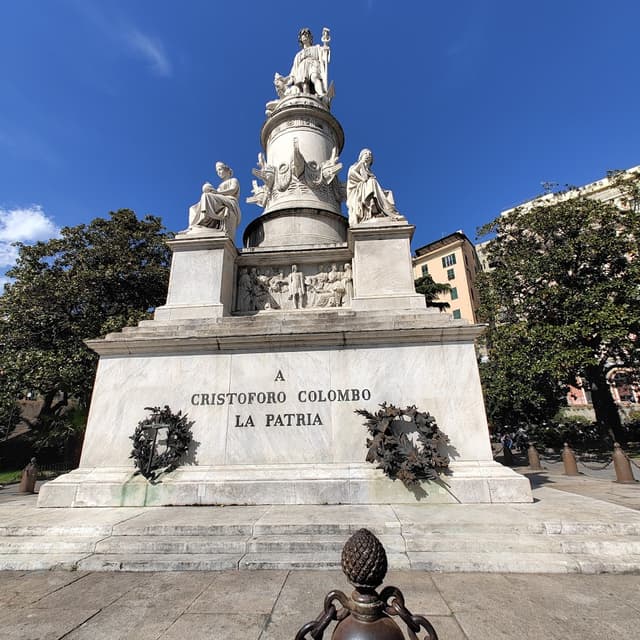
Where to Stay
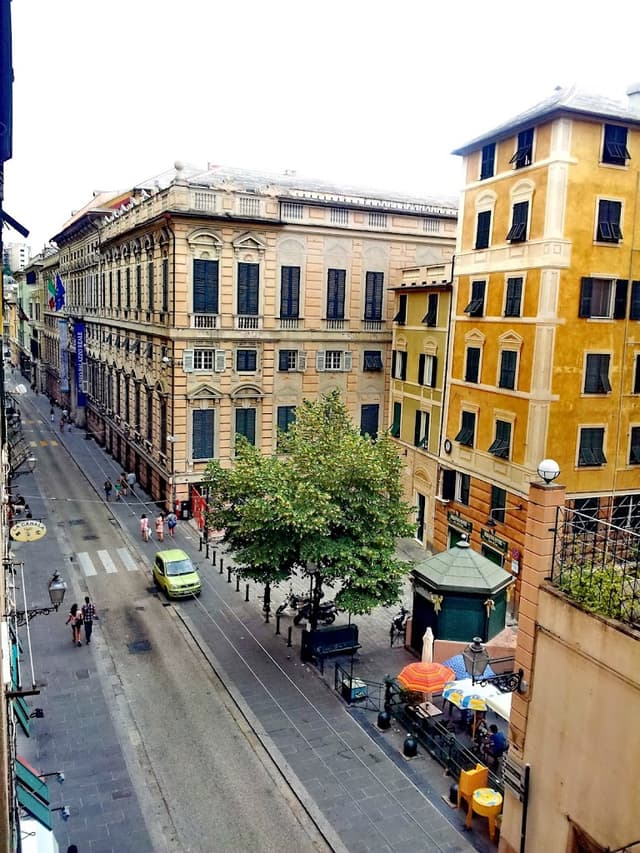
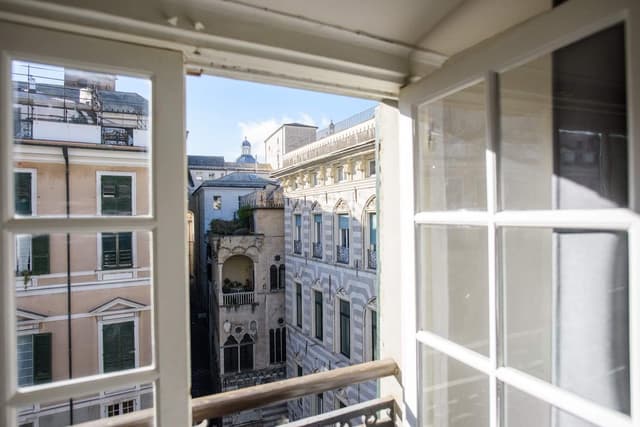
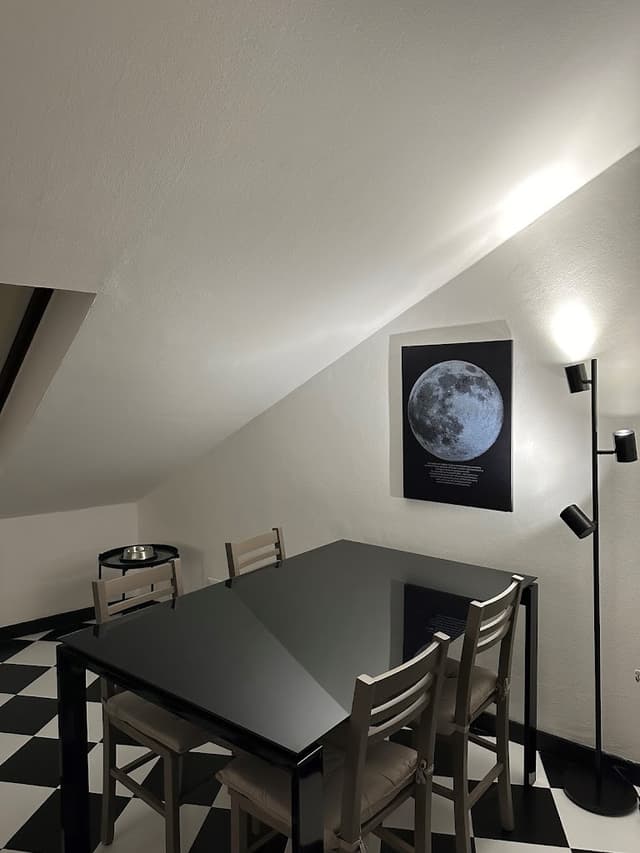
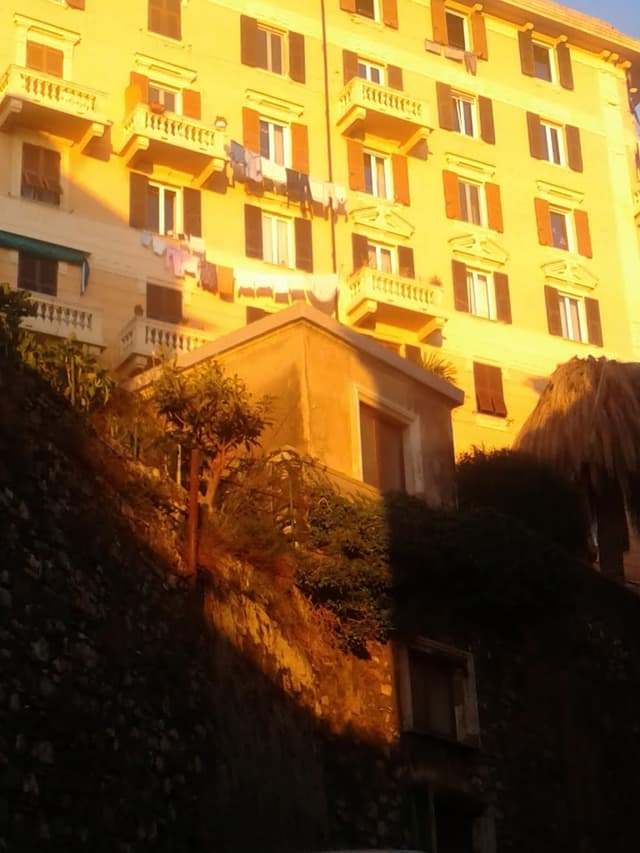
Depending on the time you arrive in Genoa, you can decide what to do for the rest of the day. You can go for a walk on a pier, take a drink or visit a city center.
Day Two
Afternoon in Genoa
Genoa is the capital of Liguria and the sixth-largest city in Italy. Located on the Gulf of Genoa on the Ligurian Sea, Genoa has historically been the most important port in the Mediterranean. It is currently the busiest port in Italy and the Mediterranean and the twelfth in the European Union. Genoa's central streets are very narrow and confusing. This was done to defend against enemies who had to get lost in the streets and, because the roads were narrow, could not pass in large numbers. It's better not to wander these streets in the dark, as there is a risk of attack.
What to See
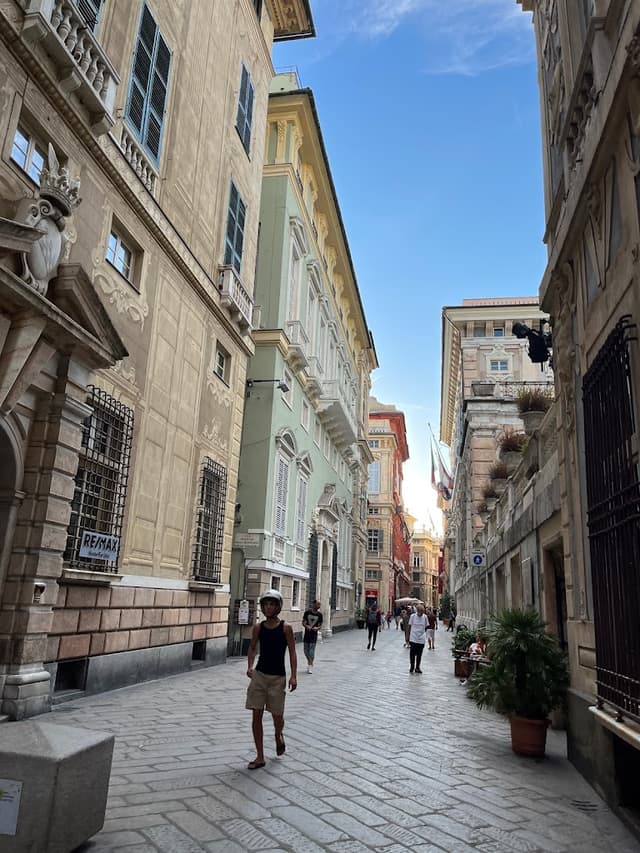
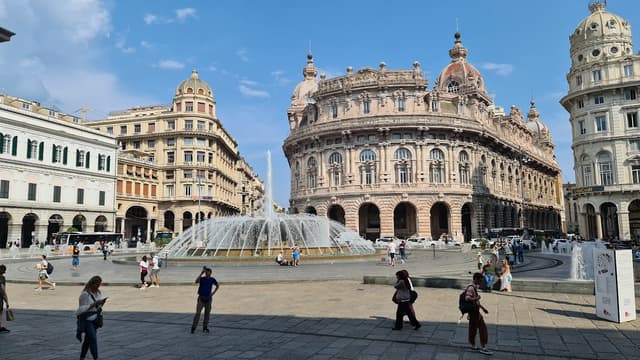
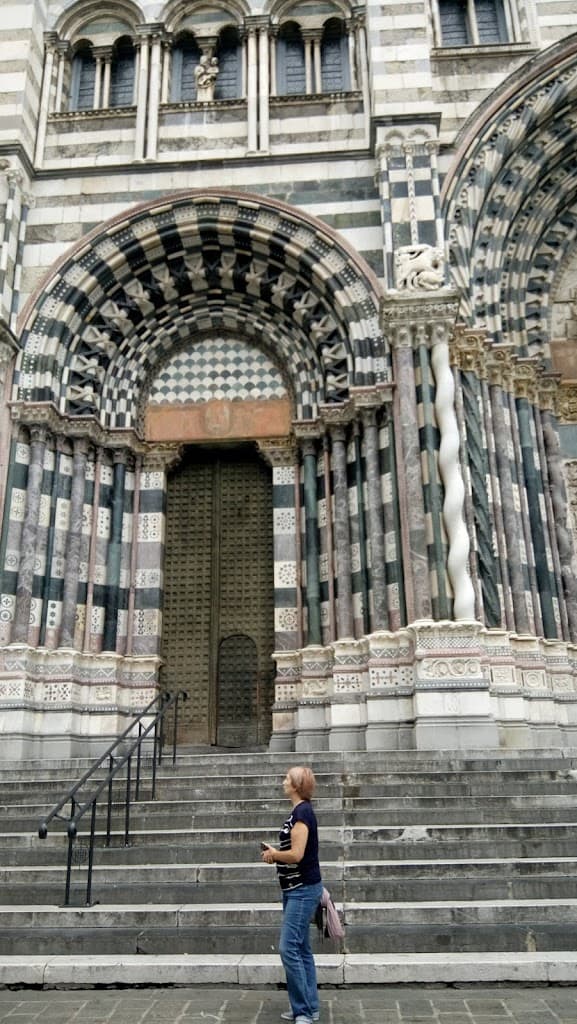
Where to Eat
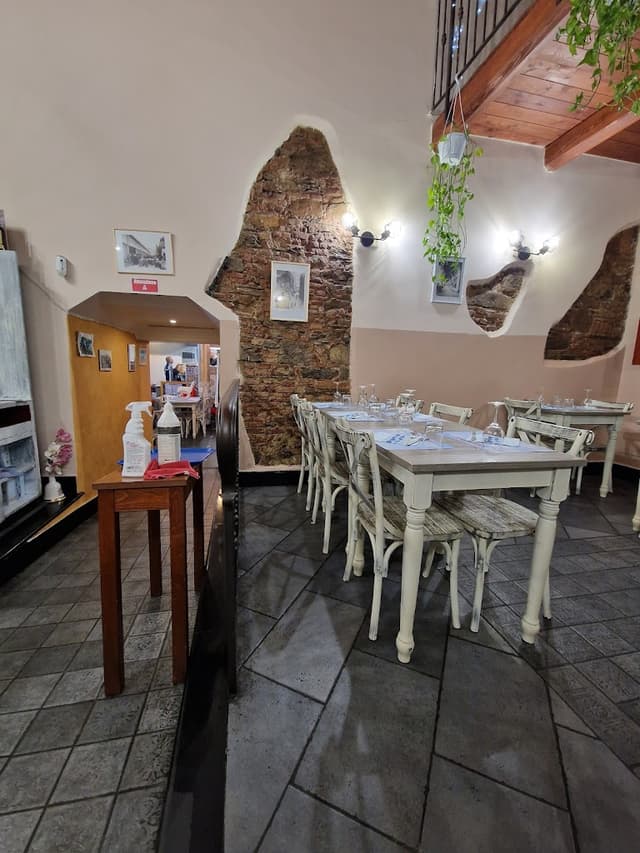
Rapallo - the base town of this trip
I've chosen Rapallo as a base town for my trip because I found an affordable hostel there. If you find a place to stay in another nearby city, adjust the itinerary accordingly.
You can reach Rapallo or almost every nearby town by train. Check the Trenitalia website for the timetables.
Rapallo was granted city status in 964, the year it was first documented as a city. In 1229, it joined the Dominion of Genoa and remained under its protection until the Napoleonic Wars. In the 16th century, the Ottomans and Barbary pirates attacked and ravaged the town. A castle was built on the coast to defend against them.
Rapallo is known for its climate, which for many years has been the main reason why wealthy Italians flock to the town for the winter season. The town on the seafront is the perfect place to spend the mild winter months enjoying gentle walks along the sunny promenade.
Where to Stay
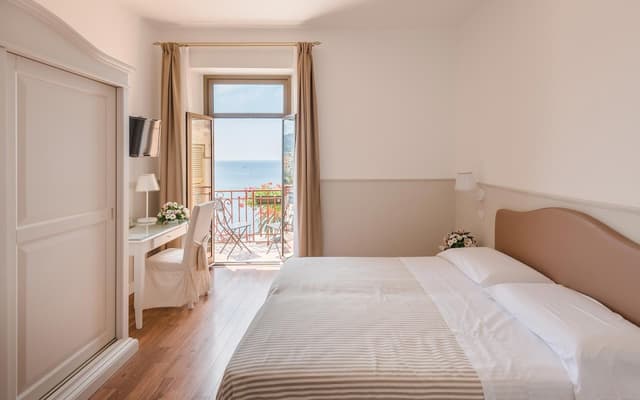

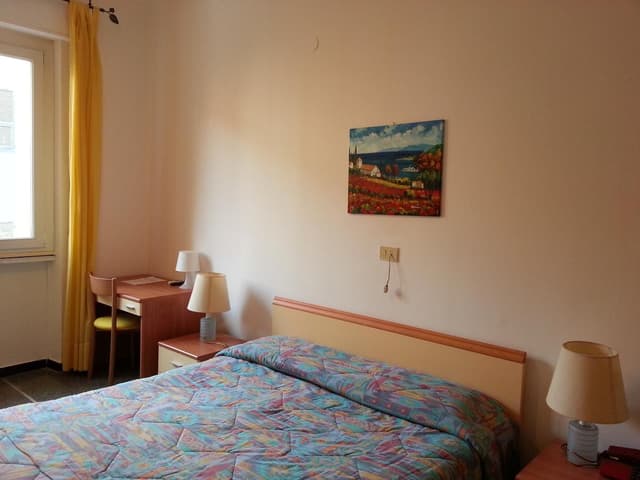
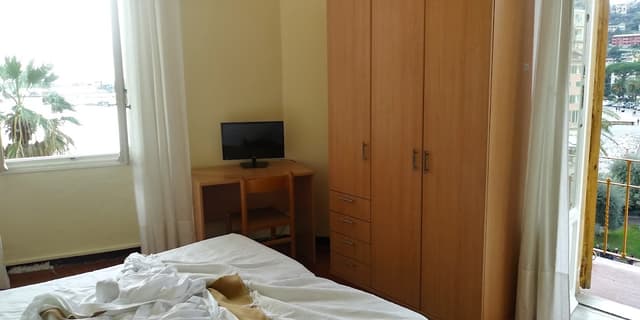
Where to Swim
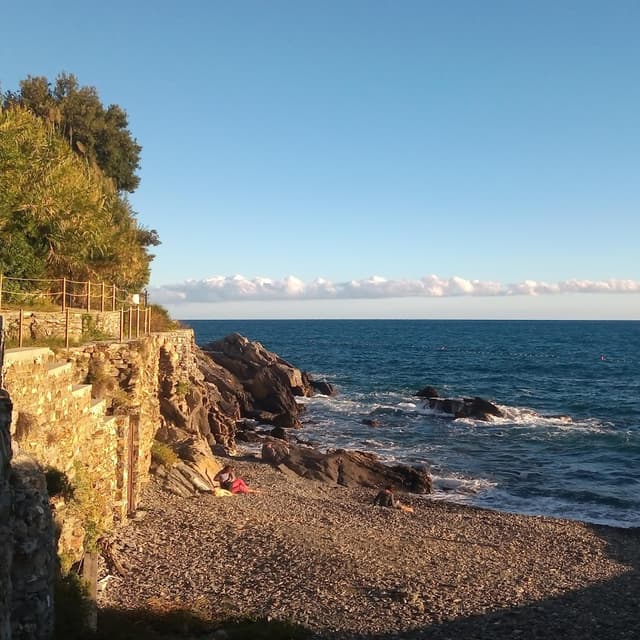
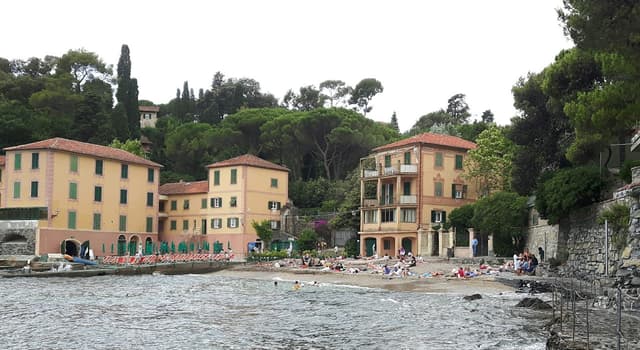
Where to Eat
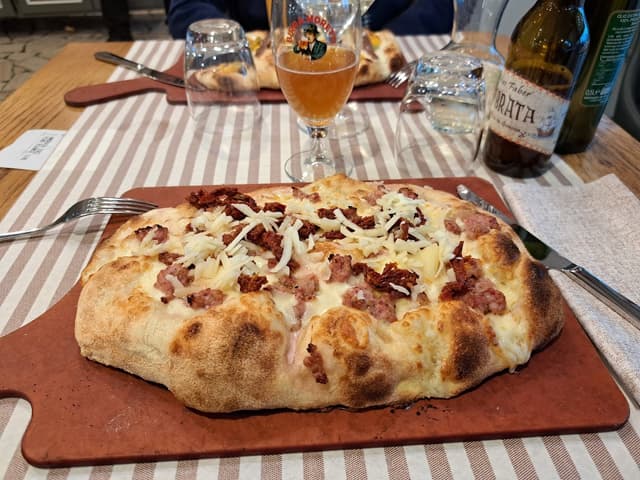
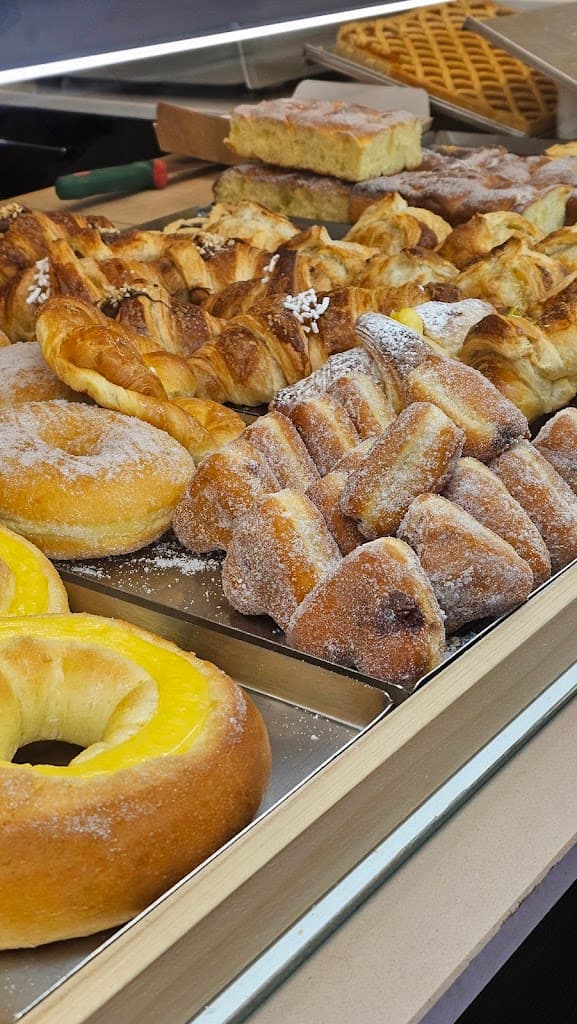
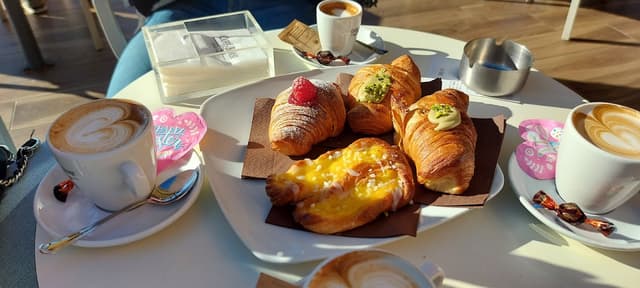
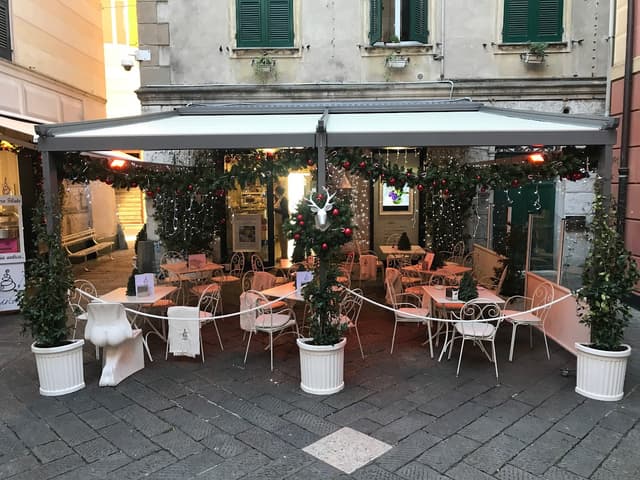

Day Three
Take a ferry and go see nearby towns from a boat.
Portofino
Portofino is a millionaire's town. Therefore, luxury yachts along the coast and luxury shops in the streets can be seen. In the late 19th century, British aristocrats began to visit Portofino, which they reached by horse-drawn carriages from Santa Margherita Ligure. Later, aristocrats from other northern European countries joined them. Aubrey Herbert and Elizabeth von Arnim were among the most famous people in England who popularised the town. Eventually, the immigrants built expensive holiday homes, and in the 1950s, the town's primary source of money, which used to be fishing, was replaced by tourism.
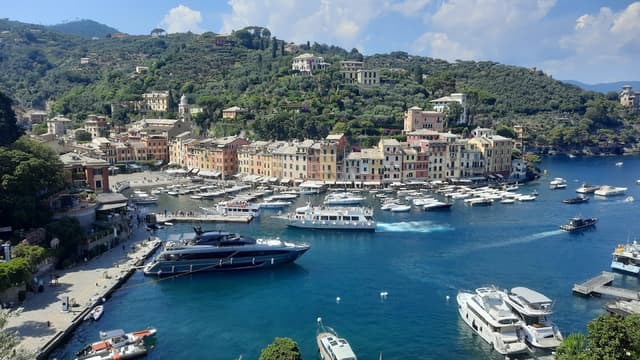
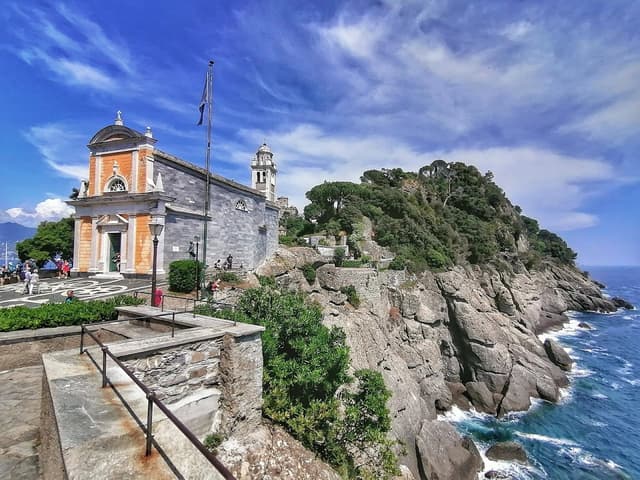
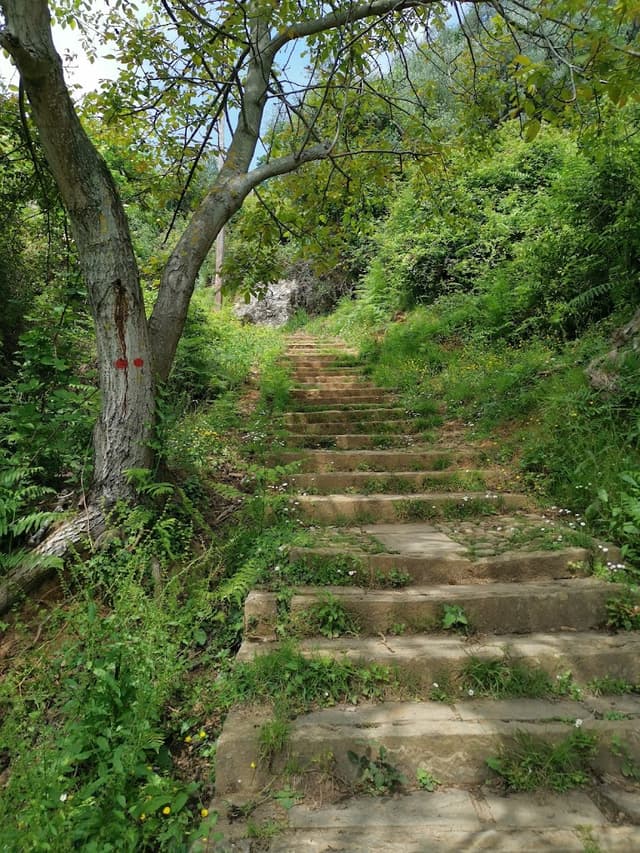
You can choose to walk to San Fruttuoso or take a ferry. A hiking trail requires good walking shoes, so if you don't have such a thing, you better take a boat.
San Fruttuoso
The San Fruttuoso coastline is where boats are moored, and people swim and sunbathe. It's an exciting sight—a boat stops just a meter or two away from a person sunbathing. The town is small—just a church, a waterfront café, two beaches, and a few houses. It can only be reached by boat or footpaths, as no road exists.
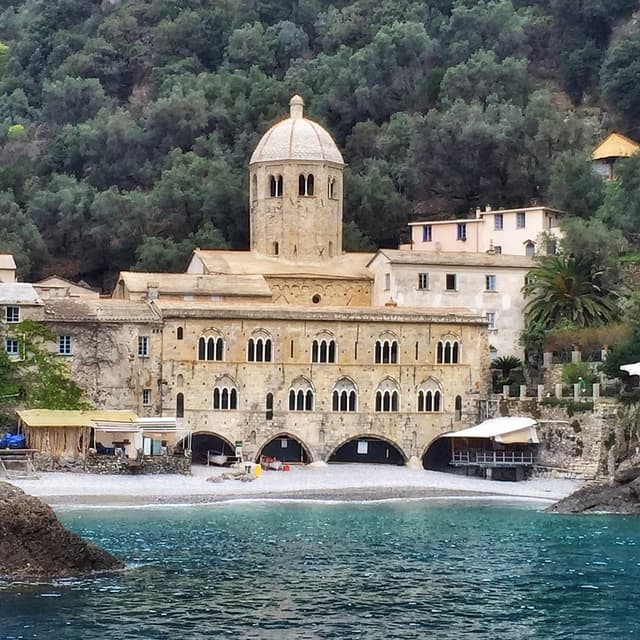
Camogli
Camogli is a fishing town and a tourist holiday destination. Its name dates back to ancient times, but its origin is disputed. One theory is that it is a shortening of the phrase 'Casa de Moglie'. When sailors went to sea, they would leave their wives (mogli) in a house (casa) reserved for them. The town was notorious for this, hence the name Camogli.
The town is attractive because it is situated on a hill and the houses are arranged in a "high-rise". The harbor, seafront, cafes, and restaurants are on the ground floor. The railway station, cafés, and other houses are on the second floor. On the third floor are the railway tracks, houses, etc. Stairs connect the "floors" of the city, and, in one place, there is even an elevator that takes you from the ground floor to the first floor.
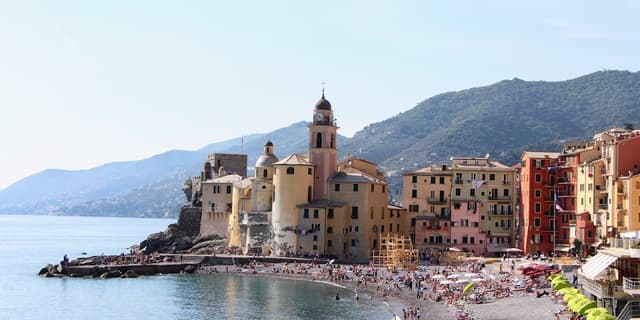
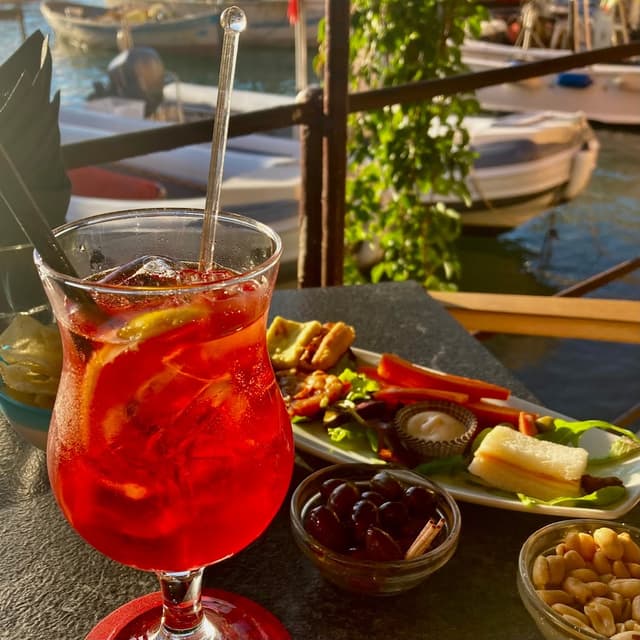
Day Four
Cinque Terre
Cinque Terre is made up of five towns on the seafront, but only four of them have access to the water. The fifth is accessible by train. Cinque Terre cannot be reached by car. The road to Vernazza is narrow and ends a kilometer before the town. The most convenient way to get there is by train, as trains stop in all five towns and can be accessed from La Spezia and Genoa. The four towns can also be reached from Genoa, La Spezia, Lerici, and Porto Venere.
All five towns are linked by a popular tourist path called the 'Sentiero Azzurro' (blue path). The part of the 'Via dell'Amore' (Love Path) from Riomaggiore to Manarola, closed for 12 years, is now open for hikers. The entrance to the Via dell'Amore is located in Riomaggiore and is walkable one-way to Manarola.
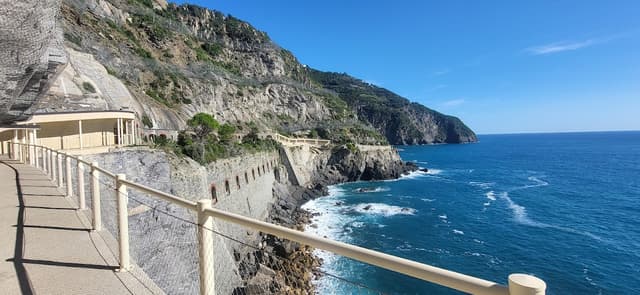
Travel between towns
If you want to walk for 1 or 2 days on the paths or take the trains between the towns of the Cinque Terre without restrictions, you can buy a Cinque Terre card (different cards for walking and trains).
Information about Cinque Terre Card:
Train timetable:
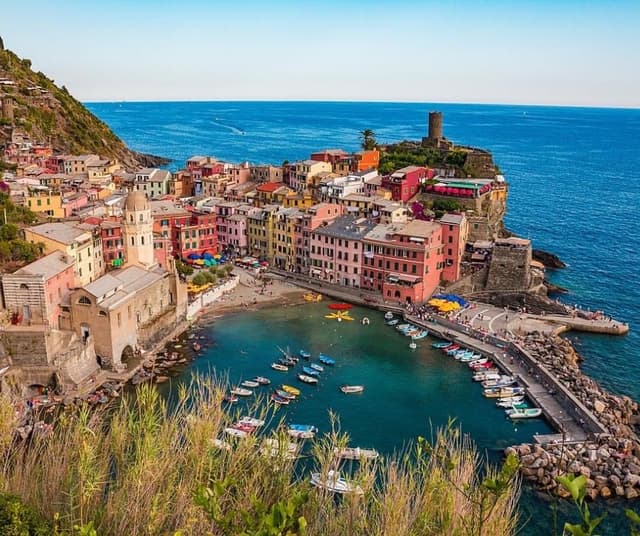
Pro Tip:
1. Go to the last town Riomaggiore by train.
2. Spend there an hour or more.
3. To save time, skip Manarola and Corniglia.
4. Go by boat to Vernazza,
5. Spend time here - swim, visit a town.
6. Go by train to Monterosso al Mare.
7. Spend time here until train.
Riomaggiore, Manarola, and Vernazza are similar, and Corniglia doesn't have access to the sea. Monterosso al Mare differs from all of the others and resembles Camogli. In this way, you can have more time to spend swimming.
From Monterosso al Mare go back by train.
Five towns of Cinque Terre
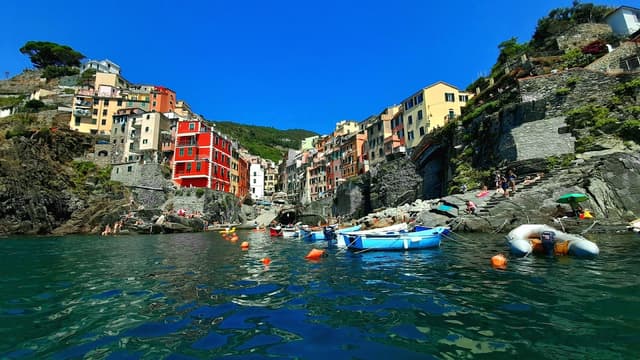
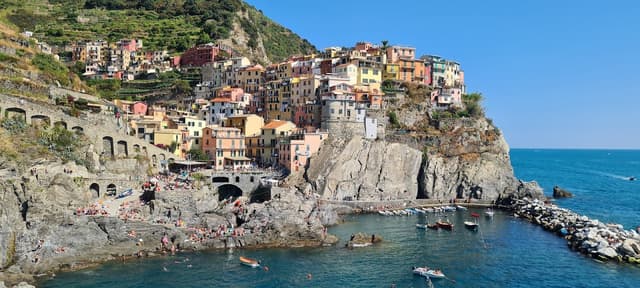
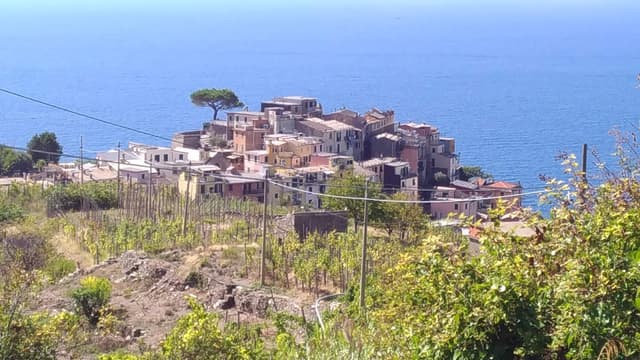

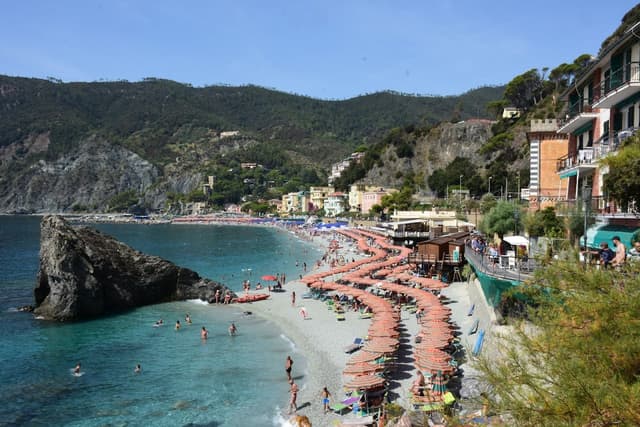
Day Five
Spend this day in Rapallo or Santa Margherita Ligure, or go to the beach.
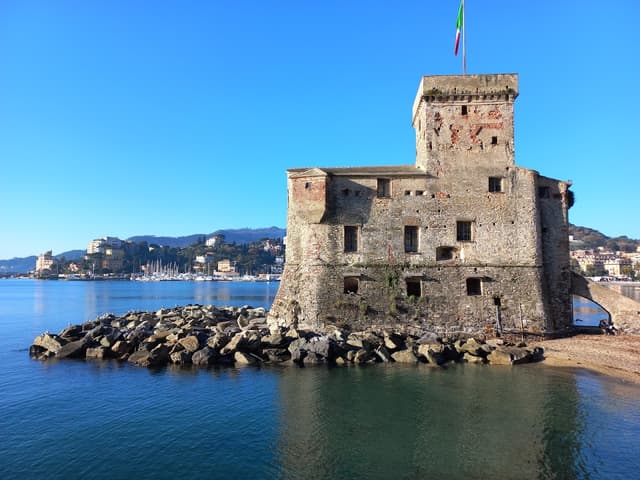
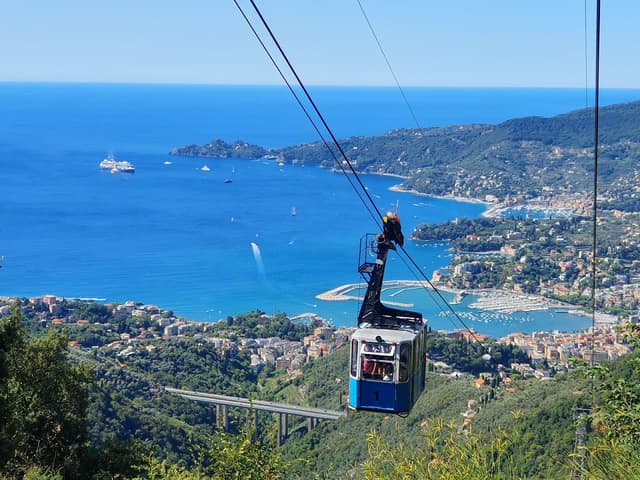

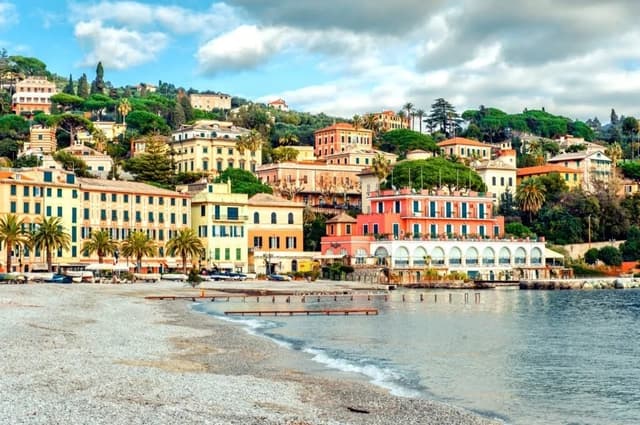
Day Six
Go to the airport by train. If needed, spend one night in a city near the airport. Then you will have one additional evening in Turin, Milan or Bergamo.
The home for unique & authentic travel

